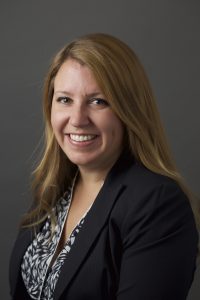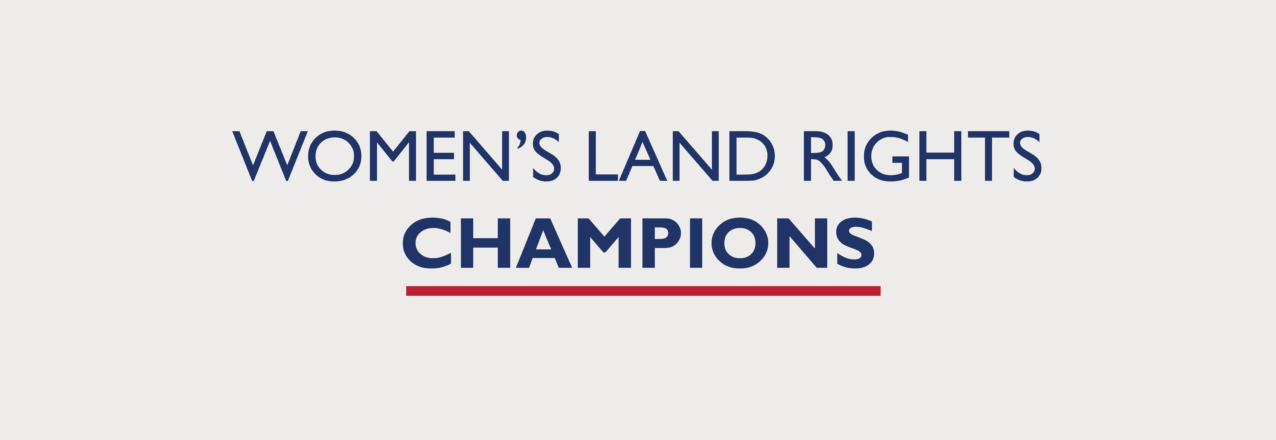This series features Women’s Land Rights Champions within USAID to learn more about their work. We’re pleased to share this interview with Corinne Hart, USAID’s Senior Gender Advisor for Energy, Environment, and Climate.

Tell us about yourself
I am the Senior Gender Advisor for Energy, Environment, and Climate in USAID’s Gender Equality and Women’s Empowerment Hub within the Development, Democracy, and Innovation (DDI) Bureau. I lead a team of gender advisors tasked with providing technical assistance across the Agency to support gender integration in a range of environmental sectors, including land and resource governance. I also oversee Gender Equity and Equality Action (GEEA) Fund resources available to advance women’s land rights in partnership with the Land and Resource Governance division in DDI.
Why are women’s land rights and resource governance important to your work? And to other USAID development work?
As one of the Agency’s advisors responsible for gender integration in environment and climate sectors, I’ve seen firsthand that women’s land rights and their secure land tenure is a critical component to achieving the Agency’s overall goals on gender equality, women’s empowerment, climate change, the environment, and natural resource management. When women have secure rights to land, including by law and in customary systems, they have a critical asset that they can rely on for their livelihoods, and it can increase their decision-making power and agency.
What are some of the biggest challenges in helping women secure land rights and what are some things being done to overcome them?
While there is a strong body of evidence connecting women’s secure land rights to many different development outcomes, such as food security, climate change, and natural resource management, it is still necessary to make the case to a range of stakeholders that advancing women’s land rights must be a key part of their approaches. Partnering with governments at the local and national levels, private sector actors, local implementing partners, and women and men in communities is one strategy that we use to ensure that women’s land rights interventions are woven into a range of sectors and approaches, including in policies, customary tenure arrangements, agriculture, and economic growth. USAID has also created the Resilient, Inclusive, Sustainable Environments (RISE) Challenge to provide small grants to environment, gender, and development organizations to address gender-based violence (GBV) related to natural resource management, including land. These grants enable our partners to apply best practices in GBV mitigation and response related to women’s land rights and to share the learnings across a large network of practitioners through the USAID-funded GBV-Environment Linkages Center hosted by the International Union for the Conservation of Nature (IUCN). Together with our partners from all sectors around the world, we are building the evidence, testing promising practices, providing technical assistance, and working directly with communities to ensure that women are able to access and control the land that is so critical for their overall health, wellbeing, and economic stability.
What are some of USAID’s successes in the area of women’s land rights?
USAID is on the forefront of implementing gender-transformative women’s land rights programs that are addressing a wide range of issues that can impede equal rights to land. For example, our activities not only focus on land laws, but they also work to increase women’s meaningful participation and leadership in community natural resource management bodies, address gender-based violence concerns connected to land rights, change harmful gender norms, engage men and boys as gender equality champions, and increase women’s personal agency and empowerment. This robust approach ensures that USAID’s women’s land rights activities tackle the broad range of challenges that women face when accessing and controlling land.


